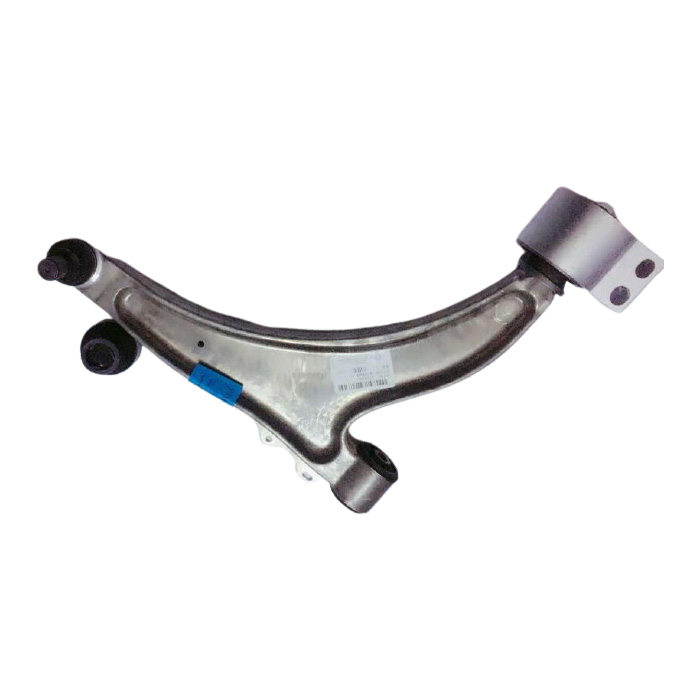1. The shape and structure requirements of
aluminum castings: a. Internal undercuts; b. Avoid or reduce core pulling parts; c. Avoid cross cores; reasonable aluminum castings structure can not only simplify the structure of die-casting molds, but also reduce manufacturing costs. At the same time, the quality of cast aluminum parts.
2. Wall thickness requirements for
aluminum casting design: The wall thickness of aluminum castings (usually called wall thickness) is a significant factor in the die-casting process. The wall thickness is closely related to the entire process specification, such as the calculation of filling time, in-casting The selection of the opening speed, the calculation of the solidification time, the analysis of the mold temperature gradient, the effect of the pressure (final specific pressure), the length of the mold retention time, the level of the ejection temperature of the aluminum casting and the operating efficiency.
3. Requirements for design ribs of aluminum castings:
The function of the ribs is to increase the strength and rigidity of the parts after the wall thickness is thinned, to prevent the shrinkage and deformation of the aluminum castings, and to avoid the deformation of the workpieces when they are ejected from the mold. They are used to act as an auxiliary circuit (metal flow Passage), the thickness of the cast aluminum part rib should be less than the thickness of the wall where it is located, generally 2/3~3/4 of the thickness at that location;
Fourth, the fillet requirements for the design of aluminum castings:
All wall-to-wall connections on
aluminum castings, regardless of right angles, acute angles or obtuse angles, blind holes and groove roots, should be rounded, and rounded corners are not used only when it is expected to be the parting surface. The other parts of the connection are generally rounded corners. The rounded corners should not be too large or too small. Too small aluminum castings are prone to cracks, and too large to cause loose shrinkage holes. The round corners of aluminum castings generally take: 1/2 wall thickness ≤ R ≤Wall thickness; the function of rounded corners is to help the flow of metal, reduce eddy current or turbulence; avoid stress concentration on the parts due to the existence of rounded corners and cause cracking; when the parts are to be electroplated or coated, the rounded corners A uniform coating can be obtained to prevent deposition at sharp corners; it can prolong the service life of the die-casting mold, and will not cause chipping or cracking due to the sharp corners of the mold cavity;
5. Casting slope requirements for
aluminum casting design:
The role of the slope is to reduce the friction between the aluminum casting and the mold cavity, and it is easy to take out the aluminum casting; the surface of the aluminum casting is not strained; it prolongs the service life of the aluminum casting mold. The general small casting slope of the aluminum casting is as follows: aluminum casting Small casting slope, outer surface inner surface core hole (single side) 1°1°30′2°



